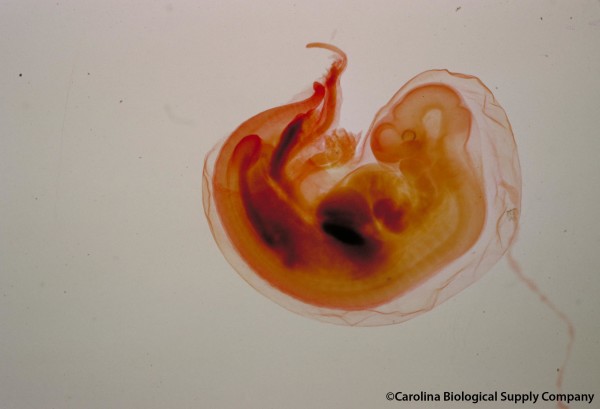The kidneys are bean-shaped organs located in the back of the abdominal cavity and are involved in numerous regulatory activities within the body, including the removal of waste products, regulating electrolyte levels, maintaining an acid-base balance, and managing a balance between water and salt to help regulate blood pressure. These organs filter blood and remove water-soluble waste products, which are later excreted as components of urine. Beyond this, the kidneys produce important hormones, such as erythropoietin and calcitriol, and the enzyme renin. The number of individuals needing kidney transplants due to poor kidney function is increasing at a startling rate, with demand far exceeding supply. A kidney transplant is frequently the best remedy for kidney failure; however, the wait for a kidney is typically a few years.
Image Source: Science Photo Library
In previous studies, researchers have grown functional kidneys from pluripotent stem cells; however, the lack of a urine-excretion pathway caused urine-build-up and prevented the kidneys from functioning properly and reaching their desired size. This condition of kidney-swelling due to urine build-up is known as hydronephrosis, a word which comes from the prefix hydro-, meaning water, and nephros, the Ancient Greek word for kidney. Hydronephrosis, depending on the cause and severity of the blockage, can lead to general pain, pain during urination, nausea, or fever. Severe cases can lead to kidney damage and must be treated with dialysis or a kidney transplant, thus canceling out the intended benefits of a kidney transplant in the first place. In attempting to grow kidneys with the ability to excrete urine, researchers experimented with stem cells and 3-D printing of kidneys.
However, a new study was published in PNAS, revolving around a novel system for urine excretion. Known as the stepwise peristaltic ureter system, this novel system involved transplanting an embryonic kidney and bladder into adult rats or pigs. When connected to the host animal’s original bladder, hydronephrosis was successfully avoided. Urine was produced in the new kidneys of these animals and the urine passed first into the transplanted bladder and second into the original bladder.
This research took approximately five years to reach fruition and human trials are still years away. However, the researchers would ideally inject human stem cells into genetically modified pig embryos that have been engineered not to grow their own kidneys. These kidneys would be made of human cells and would also have blood vessels that are similar to humans’, decreasing the likelihood that the kidneys would be rejected upon transplantation.
Featured Image Source: Wild pig embryo, 10mm stage by Carolina Biological Supply Company










